With its long coastline, the state of Baja California Sur has an abundance of marine life in both the Sea of Cortez and the Pacific Ocean. It’s no wonder this area is a magnet for sport fishermen and women in search of highly prized species like blue marlin, dorado, swordfish, tuna, grouper, jack, wahoo and roosterfish, which comprise only a partial list of the 850 varieties of fish in the region.
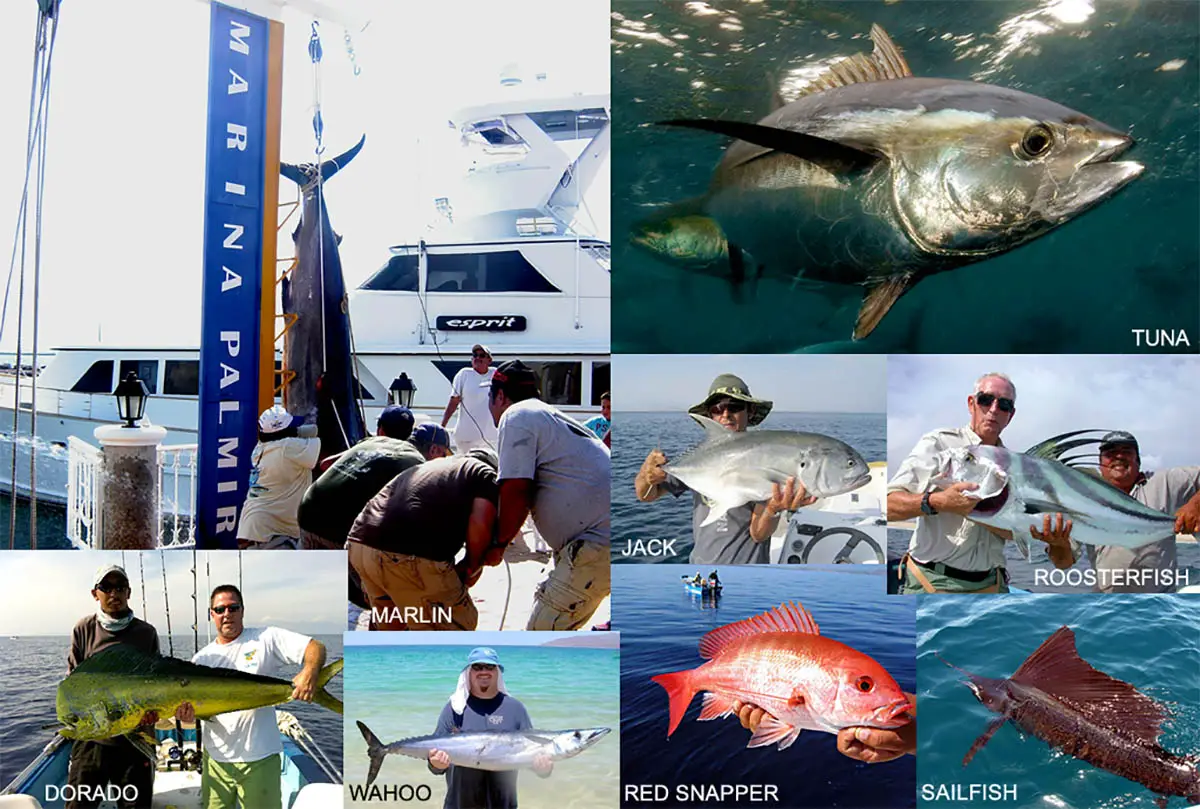
Species in Cabo San Lucas & Los Cabos
A Day Out Fishing
It’s 5:30 in the morning and the alarm clock roughly wakes me up from a deep sleep. It’s my first day in Cabo San Lucasand in an hour I’m supposed to be at the dock where a boat will be waiting to take me out fishing.
Strolling along the dock, I look for the boat my friends and I have hired for this adventure. Once on board, the captain gives us some safety tips, indicates where to find the life jackets, shows us the exit permit and fishing license and tells us there are coffee, sweet rolls and sandwiches onboard and a fridge full of drinks, a must when you’re going to be out at sea for several hours.
It’s almost 7 a.m. and finally, we head out to sea. Just before leaving the harbor we buy some live bait to use on the trip. Then we make our way to the exit canal. There we hand in our exit permit to the port captain and then we’re off in search of dorado, wahoo, tuna or marlin, the species of fish that are most commonly caught in these waters in the month of December.
The captain asks us where we want to go, but since we don’t know the area we can only tell him we’re interested in catching dorado, so we head towards a spot he calls San Cristóbal.
This long-time sailor points out a rock that’s a favorite among sea lions, and sure enough, we can see them basking in the morning sun. Later we pass El Arco – the Arch–an impressive sight with the surf breaking against it.
The captain pulls out what looks to me like some little acrylic knick-knacks with colored feathers and tells me they’re tackle or artificial bait. Then he explains that the rods and reels are first-class equipment, and proudly lets us know that his boat has participated in a number of the sportfishing tournaments that have made the state famous.
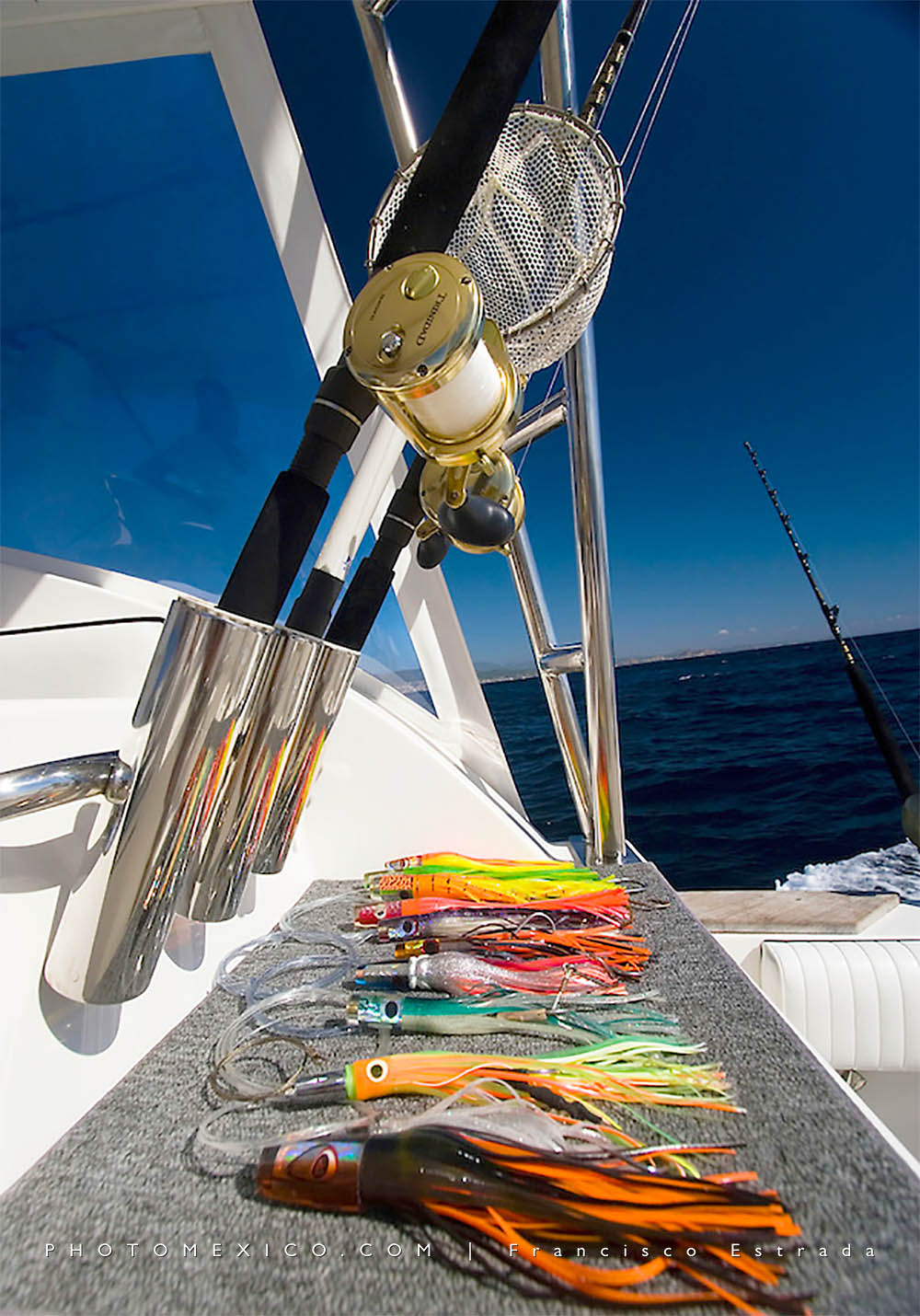
While he continues pulling out tackle and preparing the rods with lines and the appropriate hooks, he tells us that the best fishing areas – because of their proximity – are La Playa, Los Barriles, La Paz and Cabo San Lucas.
Once the rods are ready, he slows the boat down to less than seven knots per hour and the rods are fitted into the rod holders, so we can all have a go at it. Even Spanish-speaking fishermen and sailors now use the word “trolling” for fishing at slow speed. I guess they’re influenced by American fishermen, who are regular visitors to Baja California Sur.
The morning sun is beginning to lull me to sleep when suddenly I hear a sound like the whirring of a cicada – it’s actually the reel clicker telling us something’s biting. The captain yells at me “Get ready! It’s your rod!”
I get to the rod, take it out of its holder and it suddenly stops making that noise like a cicada and – Hey, I’m actually out at sea, fishing! Even without getting a glimpse at what’s taken the bait, the captain tells me to lower the rod. “Let the fish take all of the lines it wants, don’t let it go slack, but don’t pull it when the fish is pulling, don’t force it, let it run ….”
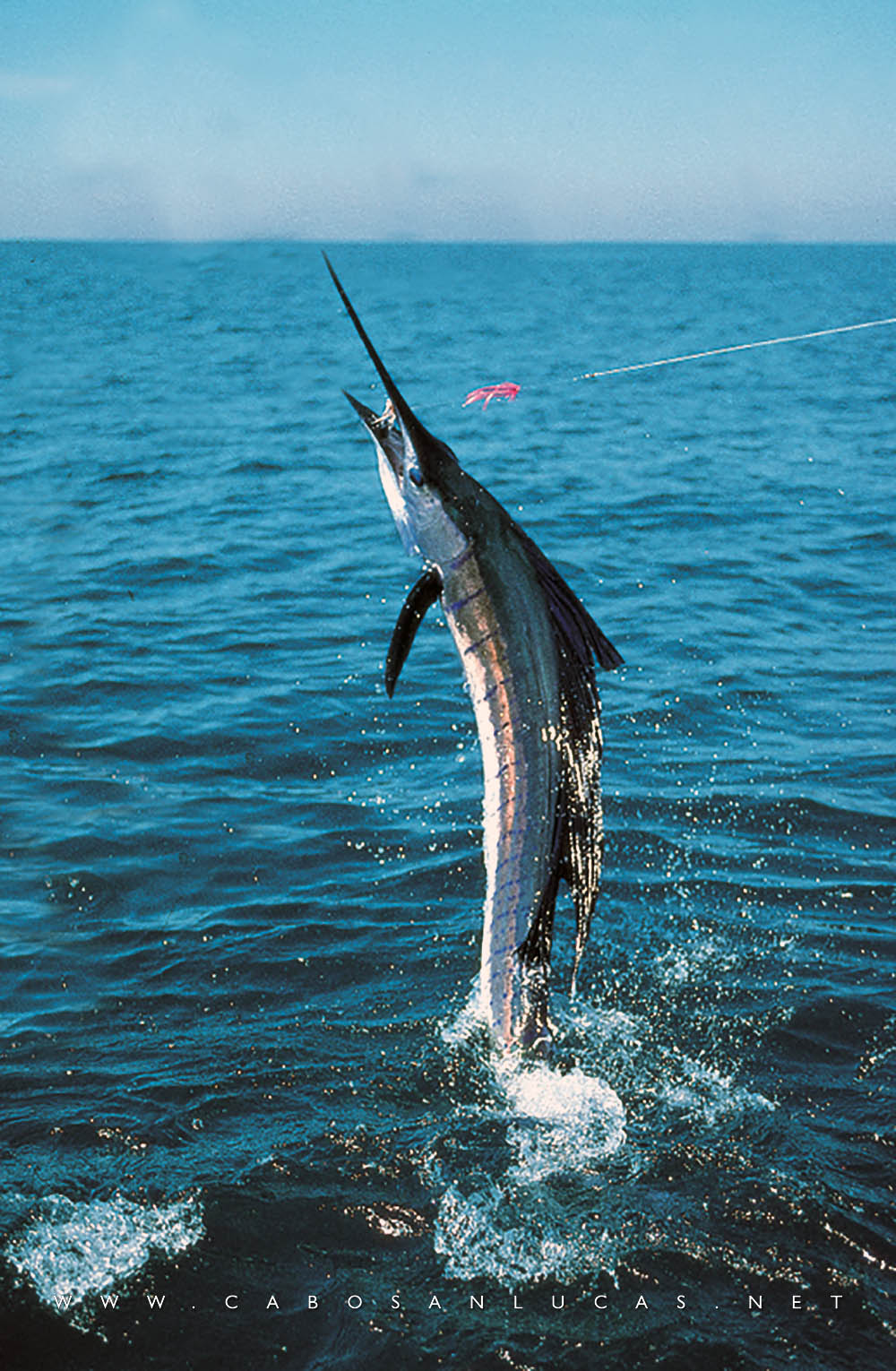
He signals to me to lower the rod without letting it touch the side of the boat and to try to reel in the line as I do so, then to carefully pull the rod upwards without letting the reel spin, then lower it and reel in the line, without forcing it so the line doesn’t break.
I begin to sweat. We see something jumping at the end of the line and the captain yells, “It’s a Dorado!”
I continue reeling in the line, which the captain explains to me is a 30-pound monofilament. Finally, I see that my effort is paying off …. it’s an incredible specimen! Now I see why they call it dorado –“gold” – with its tones of yellow, green and white that together give it the appearance and metallic sheen of gold …. I’m distracted for just a second, and the fish takes off again, along with most of the line, which I laboriously have to reel in again.
Author: Land’s end Magazine



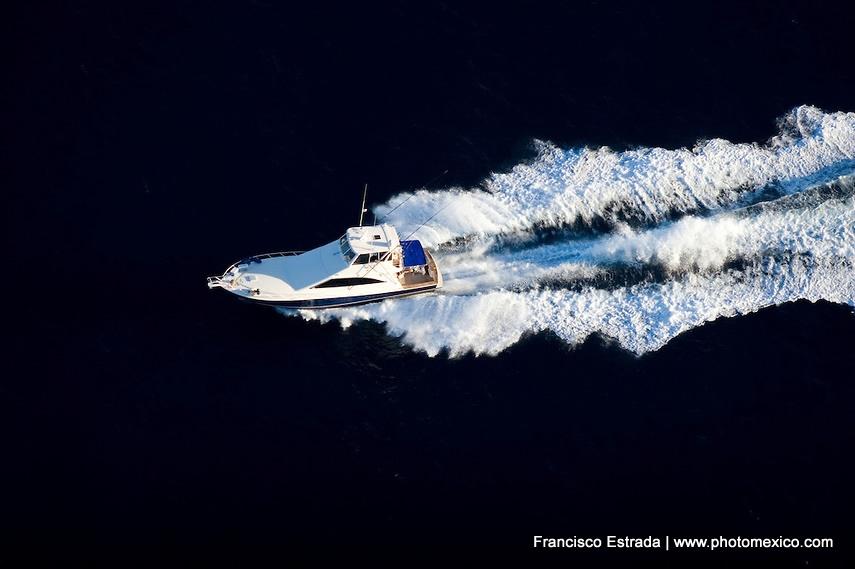
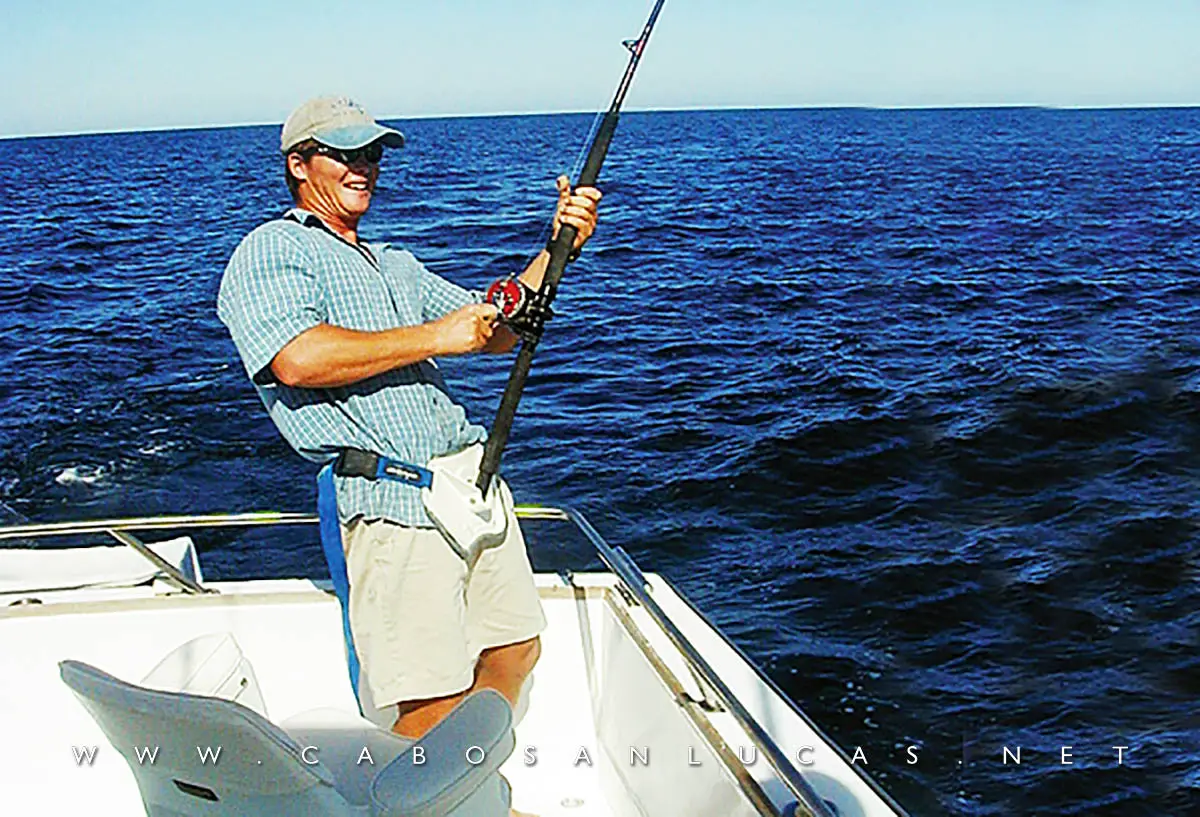
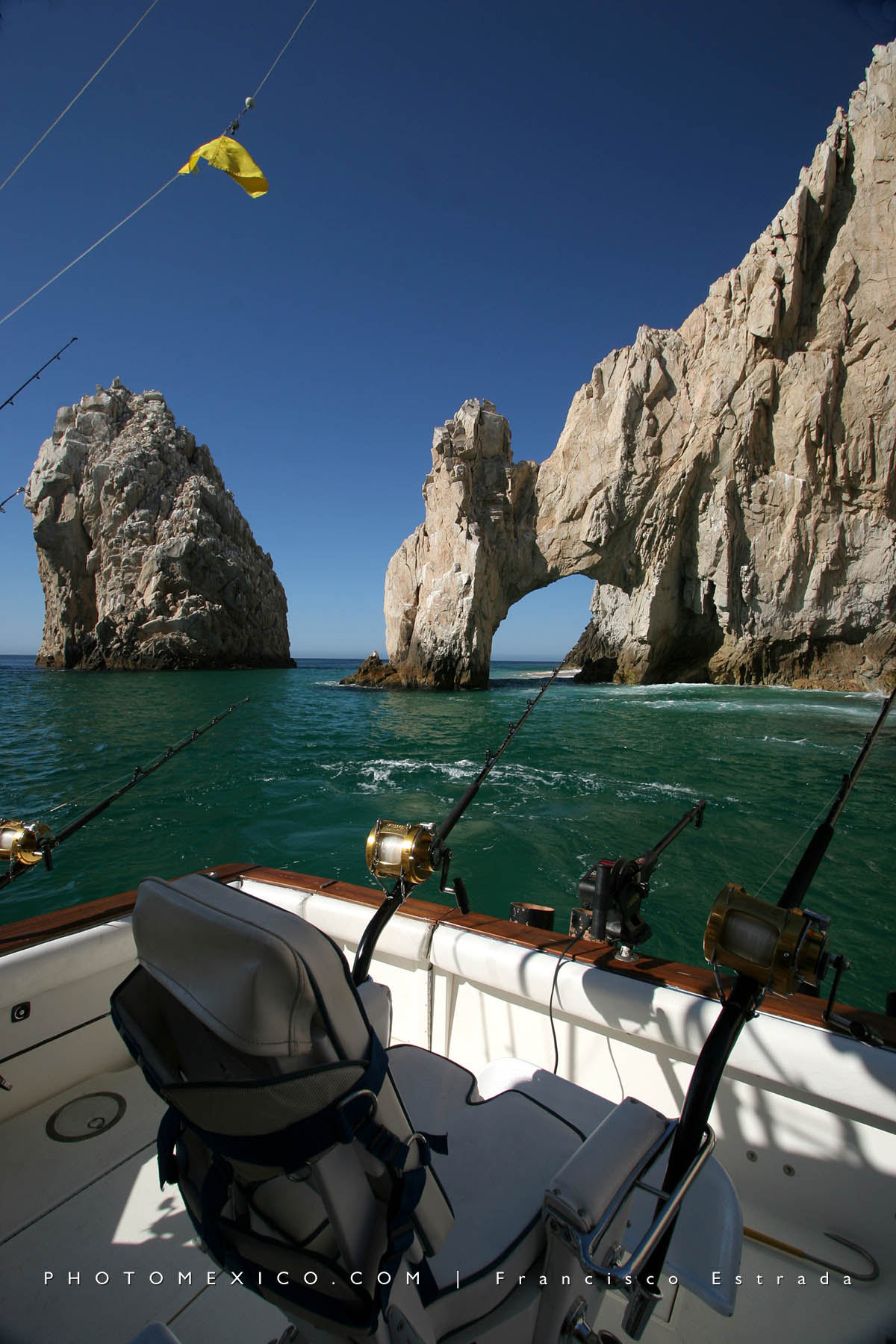
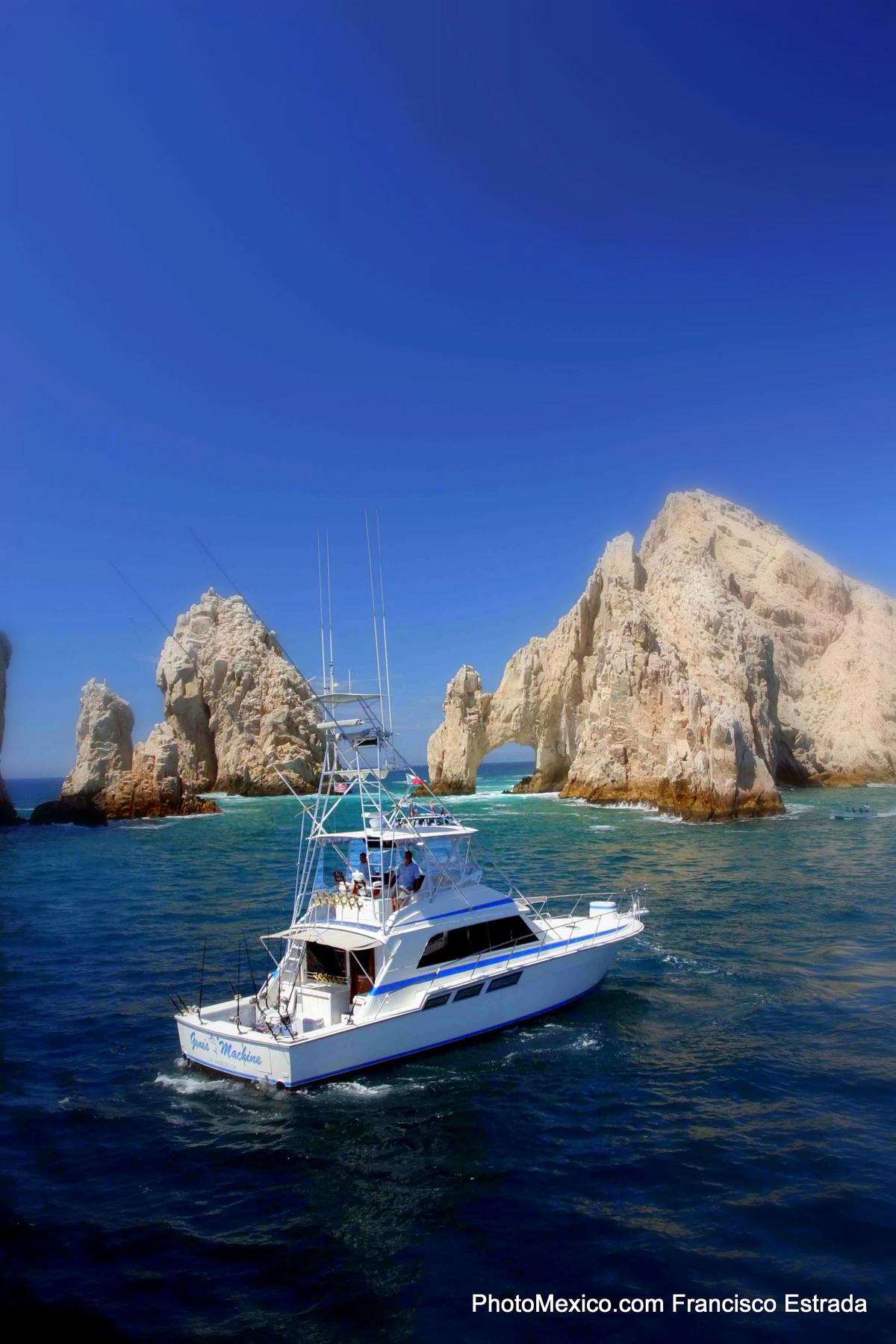
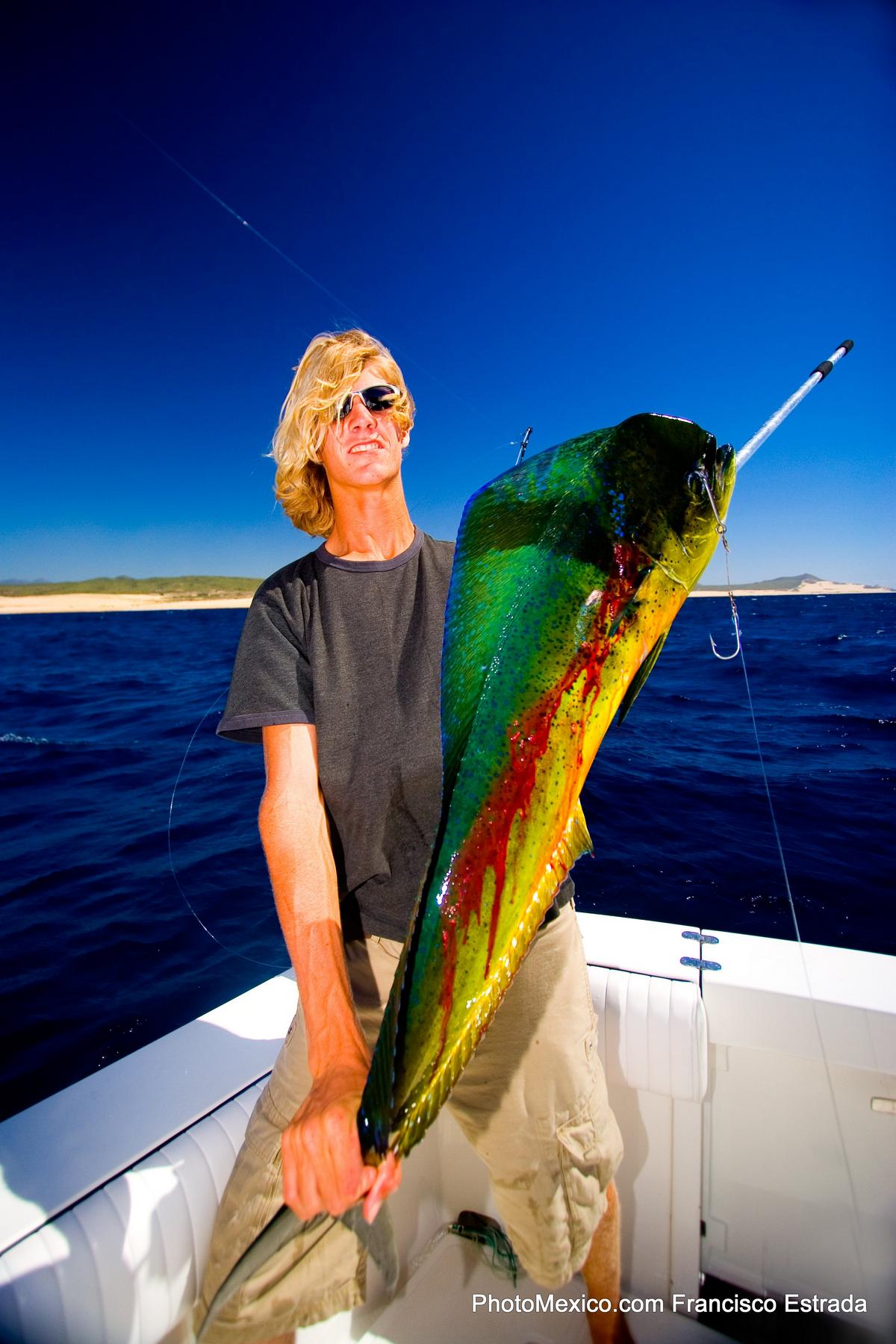
Leave A Comment